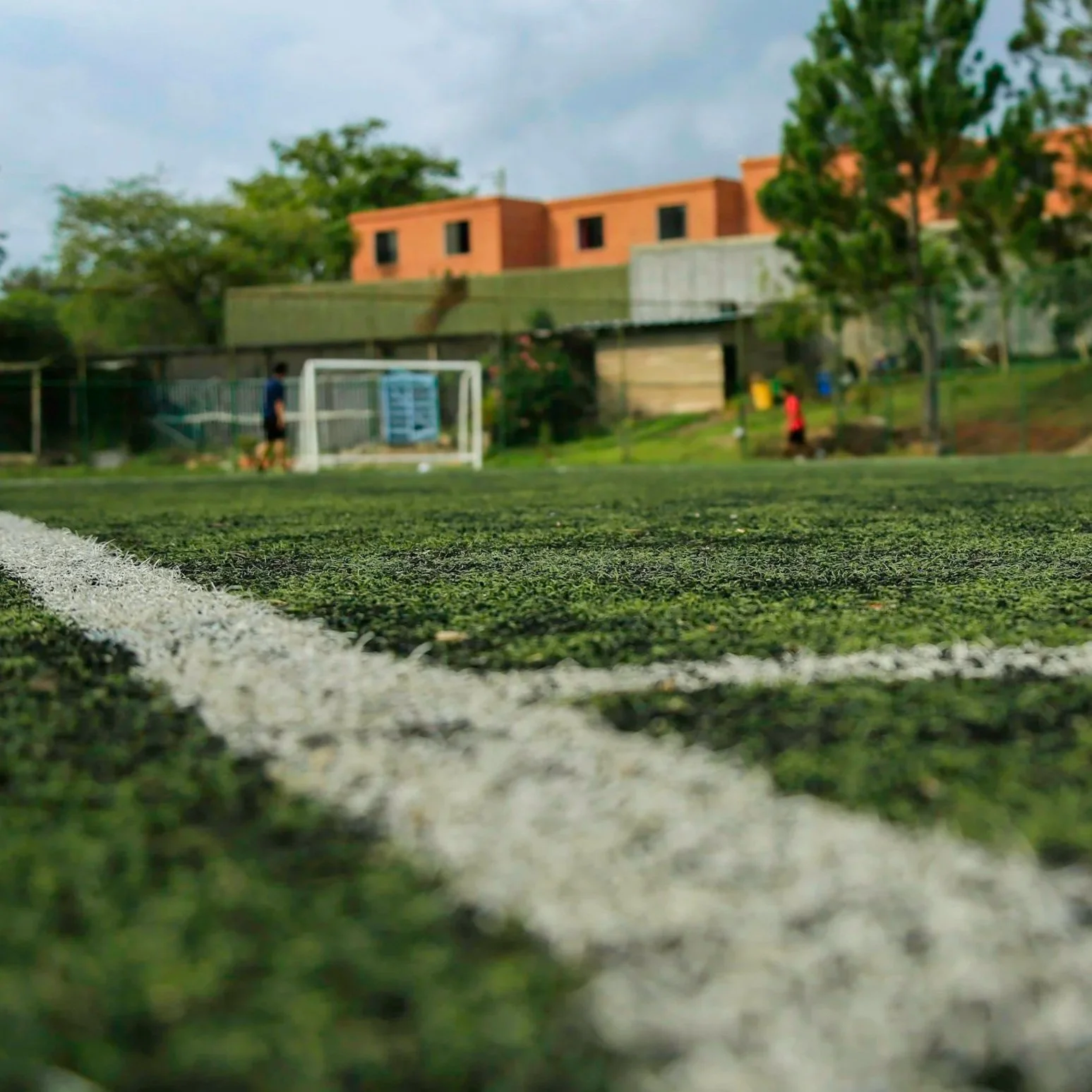The Impact of Neglected Turf on Performance and Aesthetics
From unsightly damage to poor performance underfoot, ignoring turf maintenance can have serious consequences.
Artificial turf is a fantastic investment, offering a beautiful and low-maintenance alternative to natural grass. It remains green year-round, even in the most challenging weather conditions. However, like any other feature in a yard, turf requires regular care to keep it looking and performing its best. When neglected, artificial turf can quickly lose its appeal and functionality. From unsightly damage to poor performance underfoot, ignoring turf maintenance can have serious consequences.
Aesthetics Suffer When Turf is Left Untended
One of the top benefits of artificial turf is its ability to maintain a pristine, lush look with minimal upkeep. However, without proper care, even the most durable turf can start to display signs of wear. Debris, like leaves, twigs, and dirt, can accumulate on the surface, causing the fibers to flatten and lose their natural appearance. Over time, these elements can lead to a patchy, uneven look that detracts from the overall beauty of the lawn.
Weeds are another major issue when turf isn’t regularly maintained. While artificial grass is created to minimize weed growth, gaps can form in the edges or seams, providing an opportunity for weeds to sneak through. Left unchecked, these weeds can create unsightly patches of growth, further diminishing the visual appeal of a lawn. A well-maintained turf surface keeps a lawn looking fresh and green, but neglecting it allows dirt, debris, and weeds to take over, leaving turf looking tired and worn.
Turf Performance Deteriorates Without Regular Care
Artificial turf is built for performance and is designed to withstand heavy foot traffic and sports activities. However, neglecting basic upkeep, like debris removal and cleaning, can negatively affect its performance. When dirt and debris collect on the surface, they can cause the fibers to become matted and flattened, reducing the cushioning and softness of the turf. Without regular cleaning, the grass becomes less comfortable to walk, play, or exercise on, which can make it less enjoyable for both kids and pets.
One of the key perks of artificial turf is its drainage system, which helps rainwater and moisture flow away from the surface. When turf is left unkempt, debris can block the drainage holes, preventing proper water flow. This process can lead to water pooling, creating uneven spots, and even making the turf slippery. Without effective drainage, the risk of mold and mildew growth increases, further impacting the surface’s usability and safety. Regular cleaning and maintenance keep the drainage system working properly, allowing the turf to perform as intended.
Longevity Is Compromised with Lack of Maintenance
Artificial turf is a long-term investment, but like any investment, it requires proper care to reach its full potential. When turf is neglected, its lifespan can be drastically shortened. Accumulated debris, dirt, and organic matter can break down the turf fibers over time, causing them to wear out more quickly. The weight of debris can also lead to uneven areas that may need to be replaced sooner than anticipated.
Weeds and other vegetation can contribute to long-term damage by tugging at the fibers and causing them to unravel. If left unchecked, these issues can escalate to the point where the turf needs to be replaced entirely. Regular maintenance prevents these problems from developing, helps to obtain the most out of an investment, and prolongs the life of turf.
Health and Safety Risks Increase with Poor Maintenance
Neglected turf isn’t just unsightly; it can also pose health and safety risks. When debris and organic matter build up, they create the perfect breeding ground for bacteria, fungi, and mold. As moisture becomes trapped beneath the debris, the risk of these harmful microorganisms growing increases. This process can lead to foul odors, unsanitary conditions, and potential health hazards for pets, children, and anyone who comes into contact with the surface.
In addition, poor drainage can lead to slippery spots on the turf, increasing the likelihood of slips and falls. Regular upkeep keeps the surface dry and safe while also helping to reduce the spread of harmful bacteria and fungi. Keeping turf clean and free from debris reduces health risks and creates a safer, more comfortable environment for everyone.
Preventing Long-Term Damage with Simple Maintenance
Maintaining artificial turf doesn’t have to be a time-consuming task. Simple maintenance steps can go a long way in keeping it looking good and performing well. Regularly removing leaves, twigs, and other debris prevents the buildup that leads to matted, flattened fibers. Routine cleaning with a turf brush helps to keep the fibers standing tall while also preventing dirt and dust from settling into the surface.
Periodic inspections can identify any small problems before they turn into big issues. For example, checking for gaps along the edges can prevent weeds from taking root, while monitoring the drainage system guarantees proper water flow. Addressing minor issues early on helps preserve the appearance and performance of any turf, saving time and money in the long run.
Maintaining artificial turf isn’t just about aesthetics; it’s also about maintaining its functionality, safety, and longevity. Neglecting the upkeep can lead to damaged turf, compromised performance, and safety risks. Regular maintenance keeps an artificial lawn looking pristine, functioning as it should, and extending its lifespan, all while avoiding costly repairs or replacements down the road.
Conclusion
Artificial turf offers a low-maintenance, beautiful alternative to natural grass, but it still requires regular care to maintain its pristine appearance and performance. Neglecting turf maintenance can result in a host of issues, including unsightly damage, poor performance, and reduced lifespan. Keeping debris and weeds at bay, cleaning the turf regularly, and inspecting it for potential problems can help anyone enjoy a safe, functional, and attractive lawn for years to come. By putting in a little effort to maintain turf, it’s possible to reap the rewards of a beautiful, long-lasting artificial lawn.

